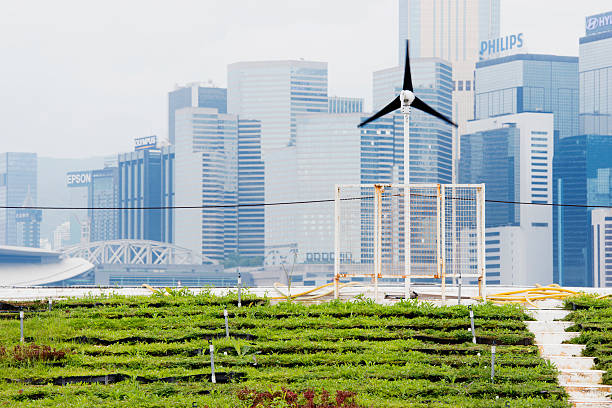The Gansu Academy of Agricultural Sciences (GAAS) has created technology that not only efficiently prevents resource loss and water waste, but also enhances soil fertility and lowers soil surface evaporation.
At a water-saving agricultural research station in the city of Zhangye in northwest China’s Gansu Province, Muhammad Ali Raza, a Pakistani doctor who is one of those researchers, has been working on an experiment on the utilization of plastic mulch and drip irrigation in cereal-legume intercropping systems. He emphasized the usefulness of the technique in decreasing waste and conserving water by saying, “The crop straws are processed into mulch and utilized in soybean-corn compound planting areas.
After the Gansu Academy of Agricultural Sciences (GAAS) signed a memorandum with a university in Pakistan in 2022 to carry out cooperation in modern agricultural technology transformation and personnel training projects, Raza, 33, came to the GAAS to pursue his postdoctoral studies, according to China’s Xinhua on Tuesday. To undertake comprehensive collaboration in agricultural research and technology, GAAS has recently inked agreements of cooperation with institutes in Pakistan, Tajikistan, Malaysia, and other BRI-affiliated nations.
Thanks to Ma Zhongming, the organization’s director, lettuce grown in water and chili grown on substrate are prospering in an intelligent greenhouse at the GAAS. These remarkable results are the consequence of Ma’s commitment to the study of and promotion of soilless agriculture technology.
“Soilless cultivation is suitable for arid regions and holds great potential for agricultural cooperation with some Belt and Road countries,” said Ma, who also serves as Raza’s professor.
“I’m enthusiastic about the study. My research focuses on dry farming and facility agriculture in China, and I want to bring these technologies to Pakistan in the future, according to Raza. Since 2011 in East Africa, dryland agricultural research and technology promotion have been under the direction of a team under the direction of Xiong Youcai, a professor at Lanzhou University’s College of Ecology.
To lessen the effects of severe drought on food production, the all-film double-furrow sowing technique, which was developed on China’s dry Loess Plateau, is currently used in agricultural production in Kenya and other nations depending on local circumstances.
With the help of China’s National Natural Science Foundation, Xiong’s team began a global collaboration project in 2022 that focused on the effective use and adaptive management of rainwater resources in dryland agriculture on the East African Plateau. The goal of the project was to increase the applicability and advantages of dryland farming technology.
“Use Kenya as an example. “One third of Kenya’s land can feed the entire population of Kenya if the technology of all-film double-furrow sowing is effectively promoted in the country,” Xiong added. “BRI agricultural cooperation has seen continuous progress, and it will be further advanced in the area of agricultural technology, personnel exchanges, and agricultural policy,” Ma added.

Leave a Reply